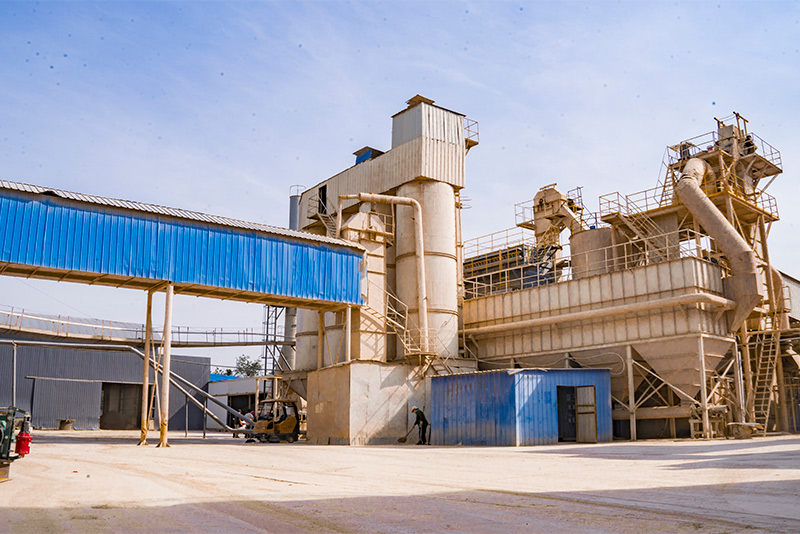Advantages of Sand Casting
Sand casting, one of the most ancient metal-forming processes, has stood the test of time due to its unique advantages. This method involves creating a mold from sand and pouring molten metal into it, allowing for the production of intricate shapes and components. While there are various casting methods available today, sand casting remains a preferred choice in many industries for several compelling reasons.
Firstly, one of the most significant advantages of sand casting is its versatility. The process can accommodate a wide variety of metals, including cast iron, aluminum, and bronze, making it suitable for a myriad of applications, from automotive parts to art sculptures. Additionally, sand casting can produce both small and large items, providing flexibility in scale. This versatility allows manufacturers to cater to specific needs without the high costs associated with developing custom molds for every design.
Advantages of Sand Casting
Another notable advantage is the simplicity of the sand casting process. The overall methodology is straightforward, comprising just a few steps creating the mold, pouring the metal, and finishing the final product. This simplicity allows for quick turnaround times, enabling manufacturers to respond swiftly to market demands. Moreover, the ability to produce complex geometries with relative ease helps engineers and designers bring their creative visions to life without extensive limitations.
sand casting advantages

Furthermore, sand casting also offers excellent surface finishes and dimensional accuracy. While methods such as investment casting can yield finer surface finishes, advances in sand casting technology have significantly improved its precision and quality. The use of modern sand forms, including resin-bonded sands and chemically bonded materials, ensures that the molds are durable and capable of producing high-quality castings. This enhancement leads to fewer defects and reduced need for secondary machining processes, ultimately saving time and costs in the production cycle.
Sustainability is another factor that elevates the appeal of sand casting. The sand used in the process can be reused multiple times, making it an environmentally friendly option compared to methods that generate more waste. Modern sand casting practices emphasize recycling and reclaiming sand, which not only reduces environmental impact but also lowers material costs for manufacturers.
Lastly, sand casting is also advantageous when it comes to producing large and heavy components. The robustness of sand molds allows for the casting of large parts without the risk of deformation, unlike other methods that may struggle with the weight. This capability is particularly beneficial in industries such as aerospace and construction, where large components are often required.
In conclusion, sand casting offers a wealth of advantages, including versatility, cost-effectiveness, simplicity, surface quality, sustainability, and the ability to create large components. These factors combined make sand casting a favored technique in various sectors, proving that this traditional method is not only still relevant but also a critical component in modern manufacturing. As industries continue to evolve, the enduring benefits of sand casting will likely ensure its position as a fundamental process in metal production.
Post time:کانونی یەکەم . 03, 2024 23:24
Next:Exploring the Innovations and Applications of Sand 3D Printing Technology in Various Industries
